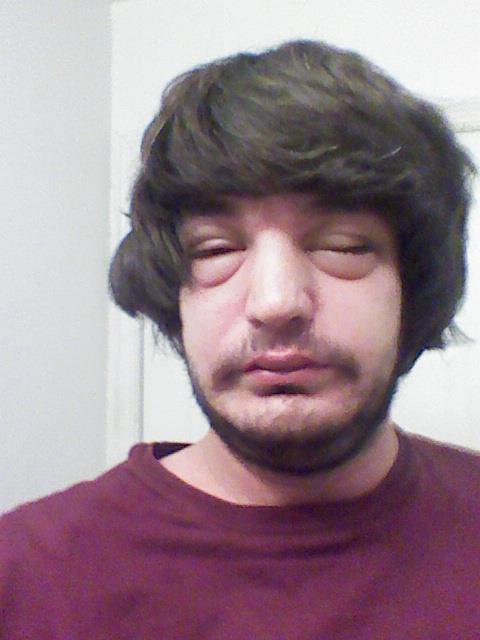

If your cat suddenly displays odd behaviour and there’s been a bee or wasp around, you should suspect a possible sting. Some cats however will run and hide following a sting, becoming quiet and withdrawn. Typically, a cat that’s been stung will suddenly show of distress and pain – they may cry out in pain and display immediate and obvious signs such as limping, or frantically licking or pawing the affected area.

What happens if my cat gets stung?īee or wasp stings in cats produce effects similar to those in people, although they are not always as noticeable. Solitary stings are far more common than multiple stings, which can happen if a cat disturbs a beehive or wasp’s nest.

This is more likely during sudden snaps of cooler weather in early spring or later autumn which make bees or wasps slower than normal and easier for cats to catch. They usually result from play with a bee or wasp in the house or garden, but also occur if a cat steps on a dozy bee or wasp. Stings are especially common in young cats and during periods of warmer weather. But this play behaviour also makes them more likely to sting in self-defence. The size and movement of these insects makes them irresistible playthings for cats to investigate, chase and catch. Why do cats get stung?Ī cat’s strong hunting instincts and inquisitive nature makes them prone to bee or wasp stings.
#Bee sting on face how to#
So knowing how to recognise the signs of a bee or wasp sting and what to do if your cat has been stung will help make them more comfortable while you seek further advice from your vet. Prompt first-aid treatment will limit the impact of stings. While the effects of bee or wasp stings can be quite dramatic, it is rare for cats to suffer really severe reactions to a bee or wasp sting.


 0 kommentar(er)
0 kommentar(er)
